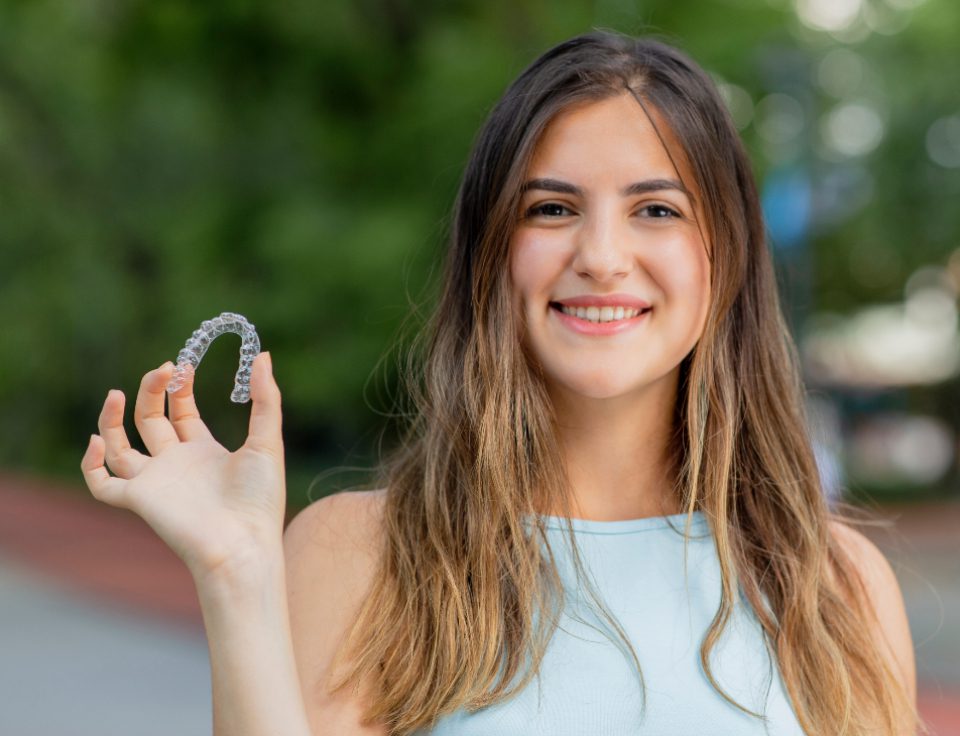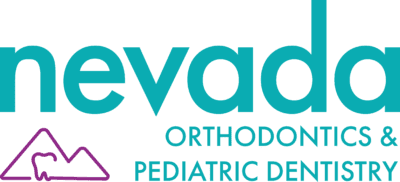

How To Tell If Your Child May
Need Early Orthodontic Treatment
- Early or late loss of baby teeth (children typically start losing teeth around age 5, and have all permanent teeth around age 13)
- Protruding teeth (the top teeth and the bottom teeth extend away from each other)
- Teeth that don’t come together in a normal manner or even at all
- Shifting of the jaw when your child opens or closes his or her mouth (crossbites)
- Your child continues sucking his or her thumb after age five
- Crowded front teeth around age seven or eight
- Speech impediments
- Difficulty chewing and/or biting
- Mouth breathing
Orthodontic problems such as crowding of the teeth, too much space between the teeth, jaw growth problems, protruding teeth, and bad bites can be inherited or caused by injury to the mouth, early or late loss of baby teeth, or thumb-sucking habits.
Most children lose all their baby teeth by age 13, and by the end of their teen years, the jaw bones will harden and stop growing. Orthodontic procedures for adults often take more time and can involve tooth extraction or oral surgery. Receiving early orthodontic treatment as a child can help prevent the need for orthodontics as an adult, leaving little to no chance of extraction or surgery needed in the future.
If your child is between the ages of seven and eight and is showing signs of needing orthodontic care, or if you have been directed by your family dentist to visit an orthodontist, please contact our practice, and schedule an appointment. Our team will provide your child with an initial exam and discuss with you the best options available for your child and their smile. After all, every smile is unique, just like every child.
The goal of Phase II is to make sure each tooth has an exact location in the mouth where it is in harmony with your lips, cheeks, tongue as well as other teeth. When this equilibrium is established, the teeth will function together properly, and your bite will become more stable. Dr. Faranesh prides himself on aesthetics and takes significant care in designing each individual treatment plan to give you the smile of your dreams. Phase II typically involves full braces, and can often be accomplished with Invisalign® because all the heavy lifting of creating your great smile happened in Phase I.
Phase II only begins when all of your permanent teeth have erupted and are in place. Typically, this takes about 12-24 months. After treatment, you’ll wear a retainer to ensure your smile stays awesome for decades to come.
To find out if this type of treatment is right for you, contact our practice and schedule your free complimentary consultation.
Traditional Braces.
Ceramic Braces.
Clear Aligners.
We’ve Got Them All.
Today’s braces are more comfortable, smaller, lighter, and have a lower profile than braces from the past. In fact, they’re lightyears better than the ones your mom had to wear. We have braces for all ages at Nevada Orthodontics & Pediatric Dentistry.




Get a Million Dollar Smile Today
Enter Your Contact Info Below to See If You Qualify
![]()








